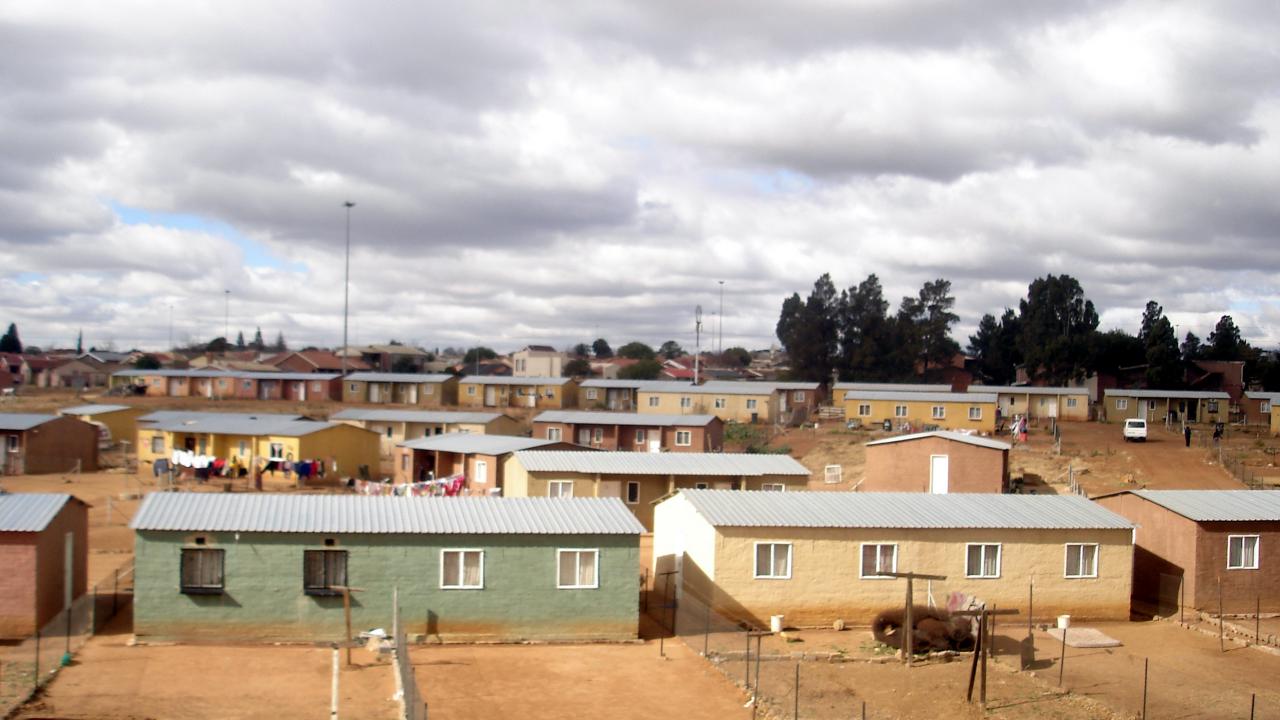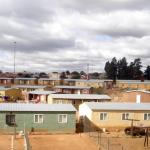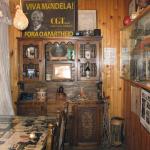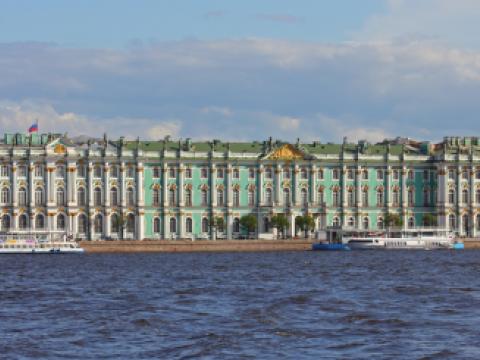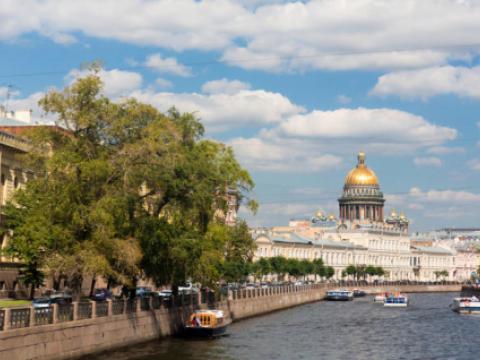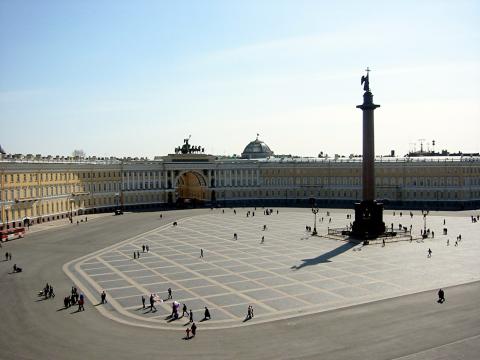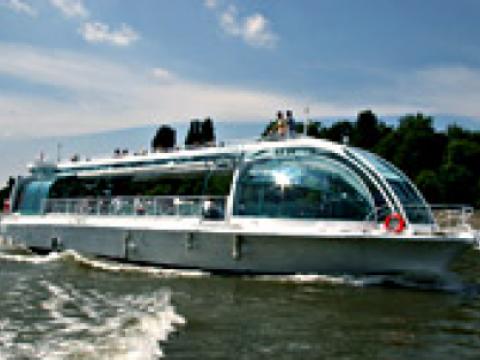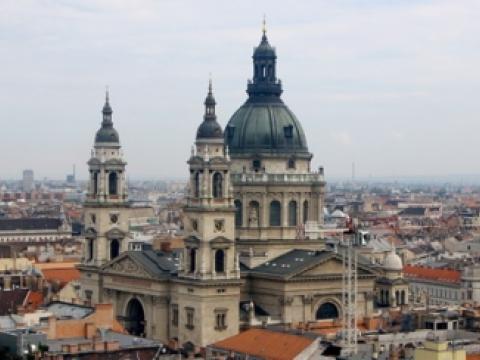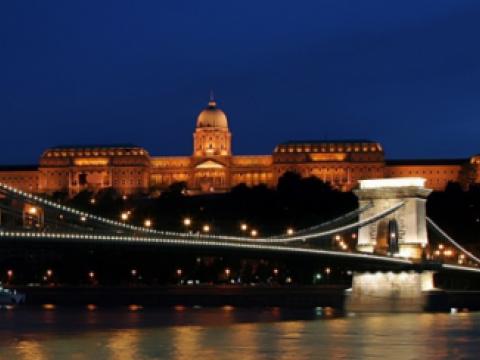Location
Soweto (South Western Townships) is an urban area of the city of Johannesburg bordering the city's mining belt in the south.
Soweto was created in the 1930s when the White government started seperating Blacks from Whites. Blacks were moved away from Johannesburg, to an area separated from White suburbs using the infamous 'Urban Areas Act' in 1923.
Soweto became the largest Black city in South Africa, but until 1976 its population could have status only as temporary residents, serving as a workforce for Johannesburg. Today the area´s population is over 1.3 million.
Soweto is mostly composed of old private://matchboxprivate:// houses or four-room houses that were built to provide cheap accommodation for black workers during apartheid.
There is also the Nelson Mandela National Museum, commonly referred to as Mandela House, where he lived from 1946 to 1962. It is located at number 8115, at the corner of Vilakazi and Ngakane streets, a short distance up the road from Tutu House, the home of Archbishop Emeritus Desmond Tutu. Mandela donated the house to the Soweto Heritage Trust (of which he was the founder) on 1 September 1997, to be run as a museum.
You can get there by taxi, renting a car or by taking the Rea Vaya bus line that goes from the east of the city all the way across town to Soweto in the west.
Free.







